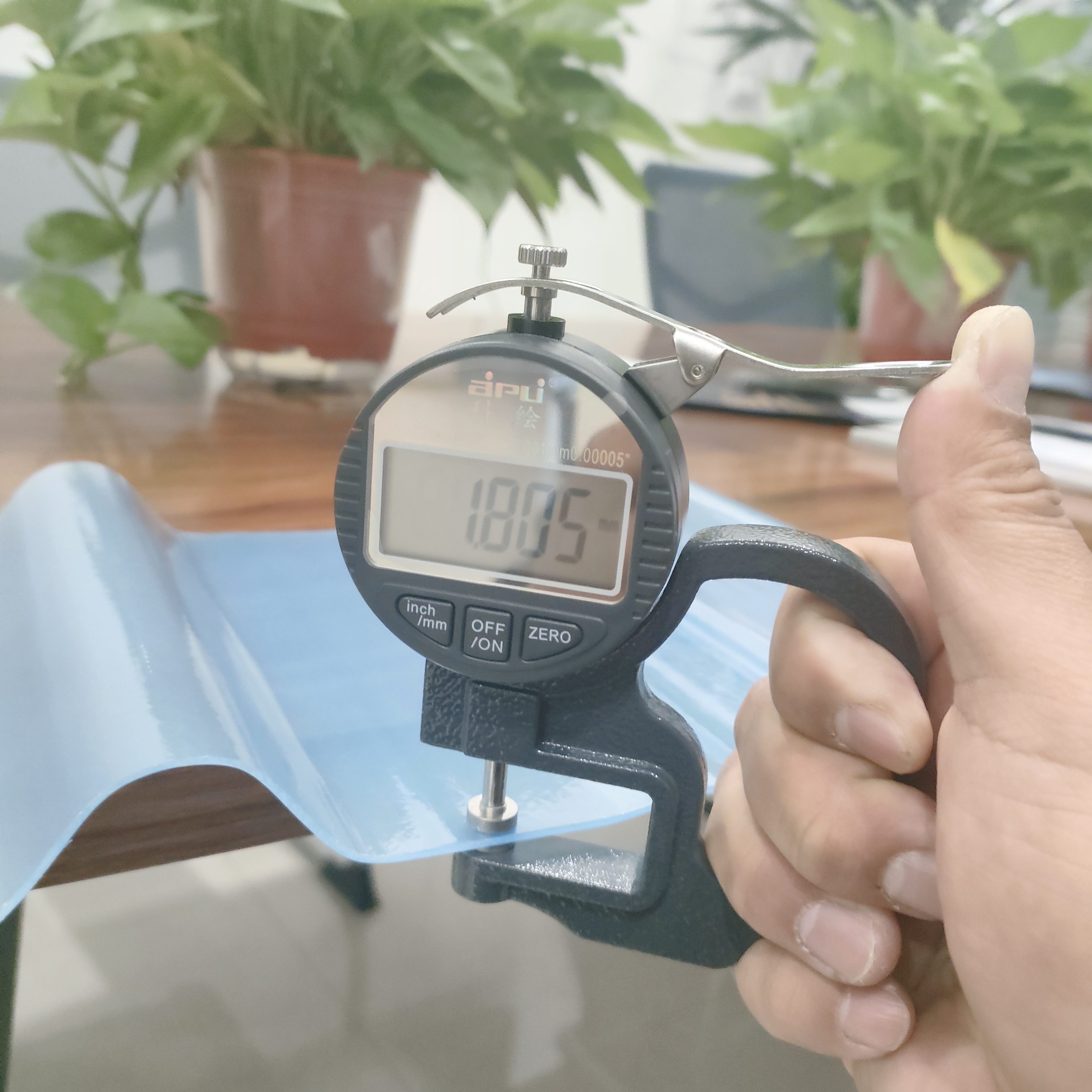
Introduction:In the realm of Fiber Reinforced Plastic (FRP) sheets, achieving optimal quality hinges not only on the choice of raw materials but equally on the finesse of production techniques. This article delves into the intricacies of FRP sheet manufacturing, spotlighting the pivotal role that production techniques play in ensuring top-notch quality.
The Art of Continuous Lamination:At the core of FRP sheet production lies the technique of continuous lamination. This method involves the continuous application of layers of resin and fiberglass onto a moving conveyor belt, creating a seamless and homogenous composite material. The precision and control in this process significantly influence the final product's quality.
Factors Influencing Production Technique:
Resin Distribution and Impregnation:
Uniform Resin Application: The key to high-quality FRP sheets lies in achieving an even distribution of resin across the fiberglass layers. Modern production techniques incorporate advanced systems to ensure uniform impregnation, minimizing resin-rich or resin-starved areas.
Curing Process:
Controlled Curing Conditions: The curing process, where the resin transforms from liquid to solid, demands meticulous control. Optimal temperature and humidity conditions during curing prevent issues such as uneven curing, ensuring the FRP sheet attains the desired strength and durability.
Fiber Orientation:
Precision in Fiber Placement: The orientation of fiberglass within the sheet influences its mechanical properties. Advanced production techniques employ precise mechanisms to control the alignment and layering of fibers, resulting in enhanced strength, flexibility, and resistance to stress.
Surface Finish:
Smooth Finish Technology: The aesthetic appeal of FRP sheets often depends on achieving a smooth and flawless surface. State-of-the-art production lines incorporate technologies that minimize surface imperfections, ensuring a visually appealing and consistent finish.
Quality Control Measures:
Real-time Monitoring: Advanced production facilities incorporate real-time monitoring systems to track key parameters during the lamination process. This allows for immediate adjustments, guaranteeing that each produced sheet meets stringent quality standards.
Benefits of Precision Production:
Enhanced Mechanical Properties:
Increased Strength: Precision in production techniques contributes to improved fiber alignment, resulting in FRP sheets with higher tensile strength and resilience.
Aesthetic Consistency:
Flawless Surface Finish: Meticulous control over the lamination process ensures that FRP sheets boast a consistent and aesthetically pleasing surface finish, meeting design and architectural expectations.
Longevity and Durability:
Optimal Curing: Sheets produced under controlled curing conditions exhibit enhanced durability, longevity, and resistance to environmental factors.
Conclusion:In the dynamic world of FRP sheet manufacturing, the meticulous execution of production techniques emerges as the linchpin for delivering high-quality, reliable, and aesthetically pleasing products. The commitment to precision in resin distribution, curing, fiber orientation, and surface finish collectively defines the excellence of FRP sheets. As technology advances, so does the potential for elevating the standards of FRP sheet production, ensuring a future where these versatile materials continue to redefine possibilities in construction, design, and beyond.












